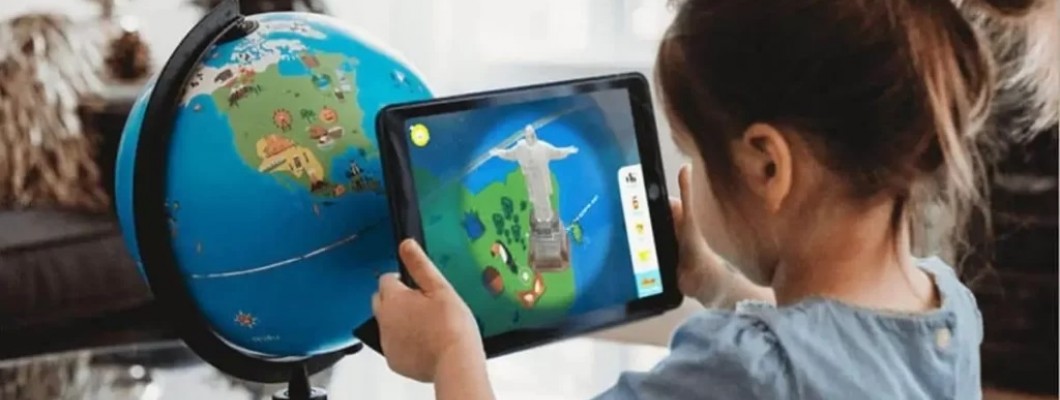
Augmented reality technology is a new technology in various fields such as medical sciences, engineering, art and language in education and is used in medical sciences as a tool to study human anatomy. Students can use the real environment together with the use of virtual media while using augmented reality. A successful example in the field of augmented reality is Happy Ant flash cards.
Since ancient times, we as humans have always loved to try new things. Classroom environments are not always able to provide these opportunities, but language teachers can overcome this obstacle by bringing traditional textbooks to life and using augmented reality technology. One of the uses of augmented reality is teaching language to children from a young age without the need of others, which has been done using educational flash cards. One of the most important problems in teaching English to children whose mother tongue is not English is the lack of motivation, which faces many problems due to the difference in knowledge and culture. Most children are not interested in learning a new language. The obvious reason is that they do not see the motivation and need to learn a new language.
Motivation is the most important part in teaching children. Many schools have invested heavily in technology in the hope that it will motivate learning. One of the tools that can help teach language to children is augmented reality because it allows children to interact with the virtual world at the same time in the real world environment. By using this type of educational technology, children can play and learn at the same time, and it makes them more enthusiastic about language learning.
In language teaching, there are three
important areas that children must master: writing, reading and speaking. To
motivate children, these three areas have been investigated.
Research results show that children
who used augmented reality games had more learning progress than those who only
used traditional methods. For example, in the last few years when flash cards
have been released in the market, the demand has increased and the learning
statistics have also increased, and children have a greater desire for this
type of learning.
Today's children are bombarded with
technological tools from the day they are born, and some studies have even
shown that the brain structure of today's children is not like that of previous
generations. Today's children are no longer the people that our education
system was designed to educate.
Students spend their whole lives with
cell phones, computers, video games, music players, and video cameras. How can
we engage our students if we are not on the same wavelength? The gap between
the technical skills and knowledge of teachers and students is increasing.
Therefore, teaching increasingly requires skilled and technologically efficient
teachers who can capture the attention of digital natives, and to be able to do
so, teachers must be one step ahead of students.
By using such tools, children have
endless opportunities to learn the language, also these technologies have made
learning and teaching the language with the game more enjoyable and fruitful.
These new technologies have also paved the way for change and with the
advancements in educational technology, new approaches have been presented in
the training courses. By using this technology children can be helped in
developing their skills and understanding lessons.
References
link.springer.com
eflmagazine.com
www.helendoron.com

Leave a Comment